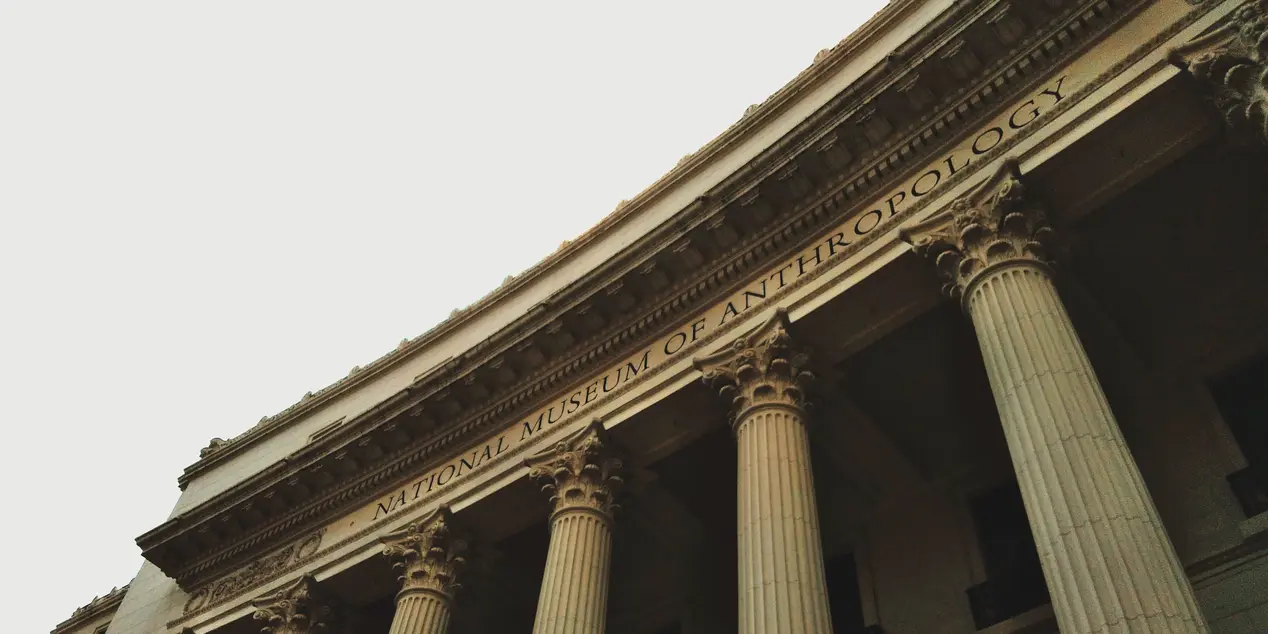


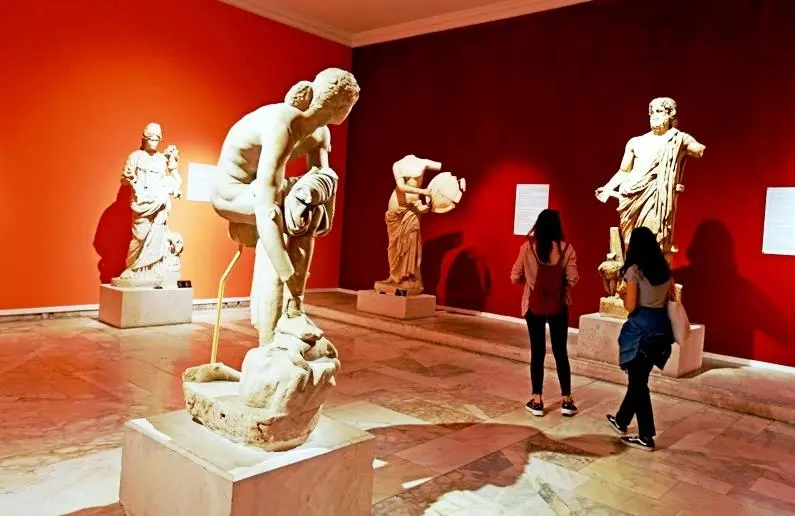





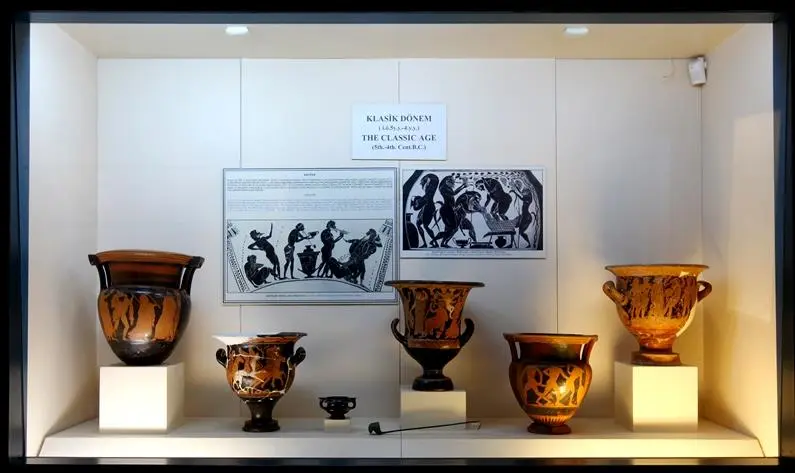



- Antalya Museum, where statues unearthed from the Ancient City of Perge also feature in other works, witnesses a period extending from the Lower Paleolithic Age to the Roman Period. Antalya Museum, dedicated to the three important ancient civilizations of the Mediterranean, "Lycia", "Pamphylia" and "Pisidia", living within the borders of Antalya, received the "Council of Europe Museum of the Year" award in 1988.

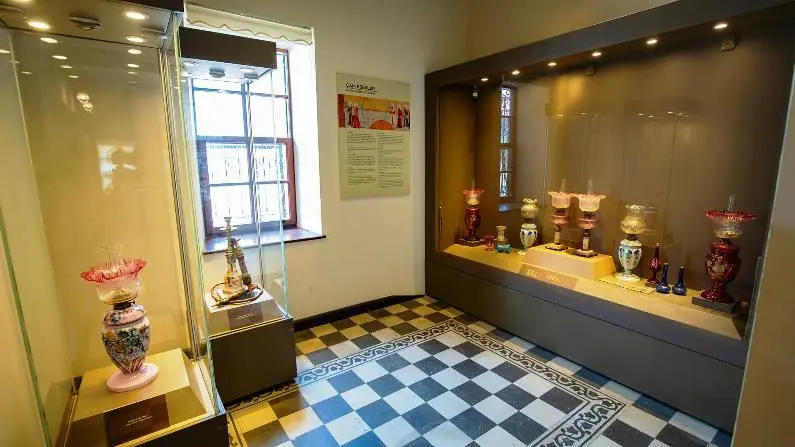


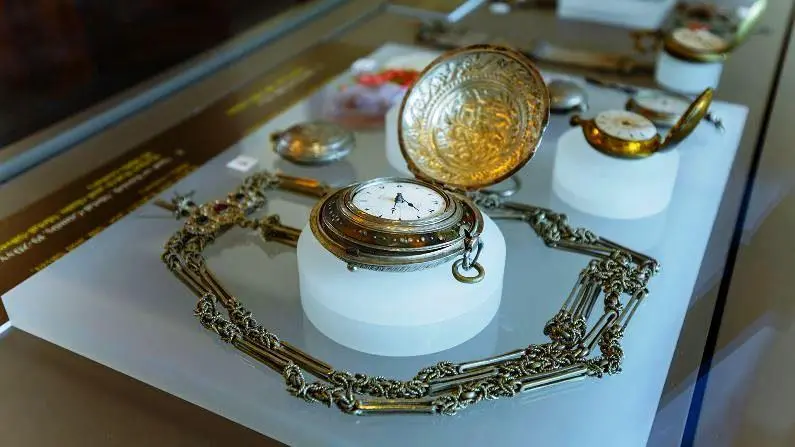



The Antalya Ethnography Museum, which was created by arranging two historical mansions from the Ottoman period, is located in Kaleiçi, the tourist district of the city center.



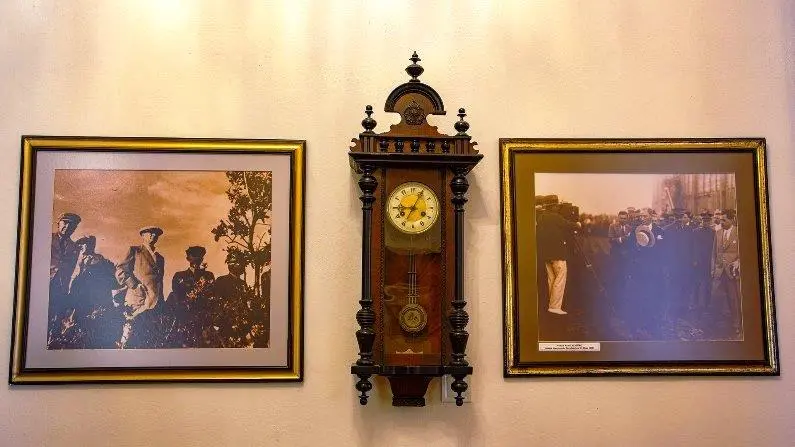
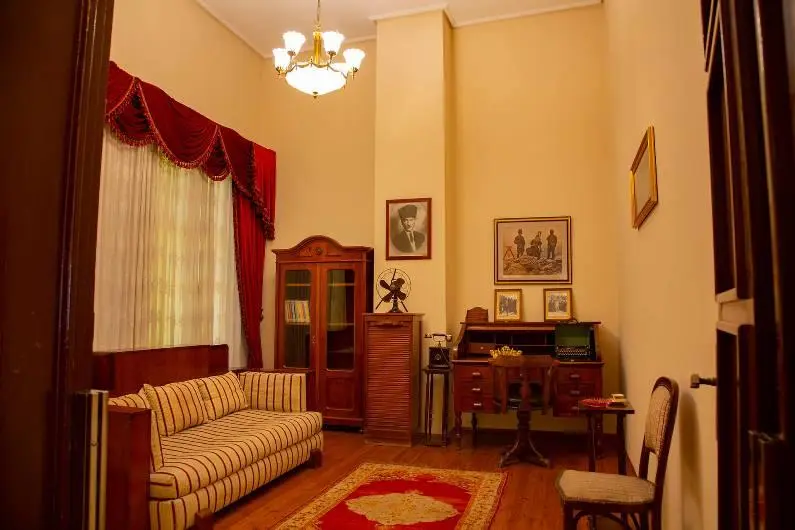


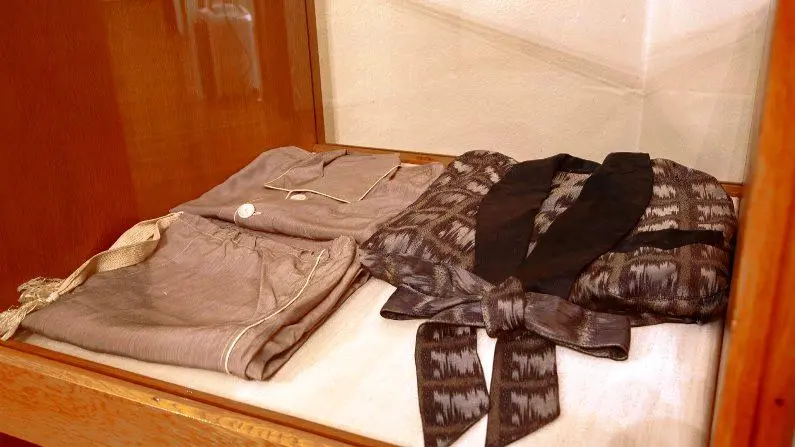
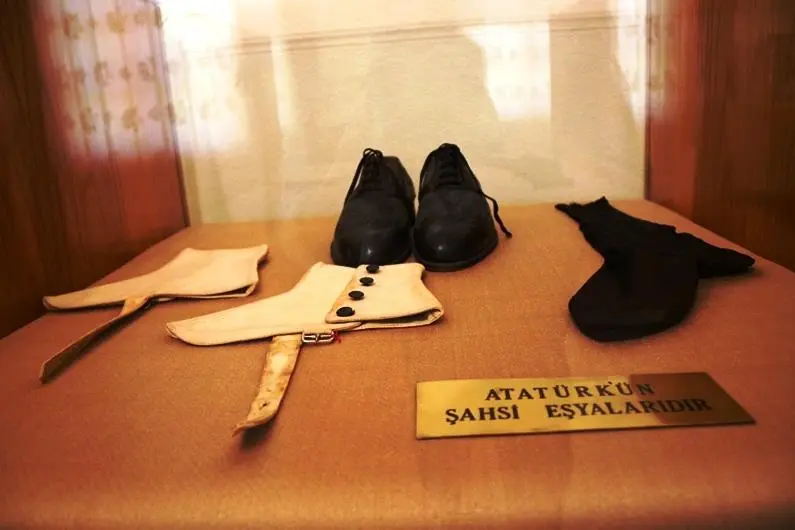
This building, where the museum is located, is a two-storey building with masonry walls. Dating back to the beginning of the twentieth century, the Atatürk House, which was used as the governor's building for a period and which the people of Antalya cleaned and furnished in a few days and gifted it to Atatürk upon the news that Atatürk would visit Antalya, is a two-storey building. It is a stone building with a tiled roof.
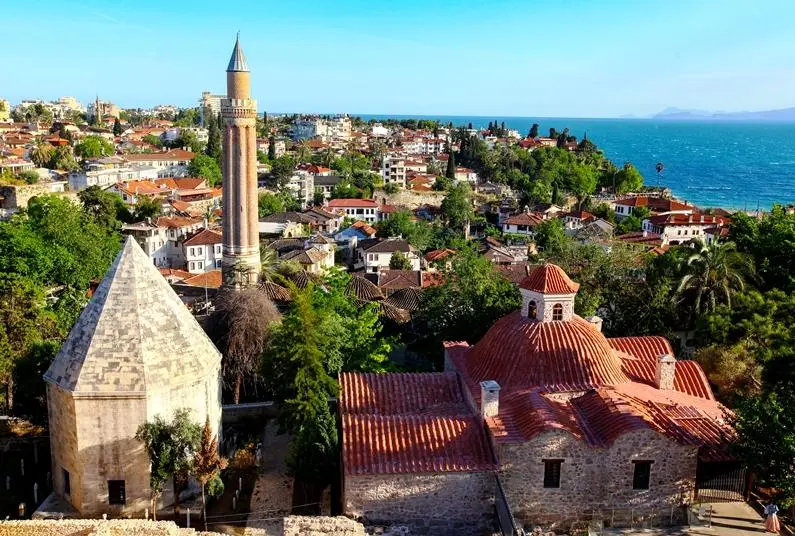


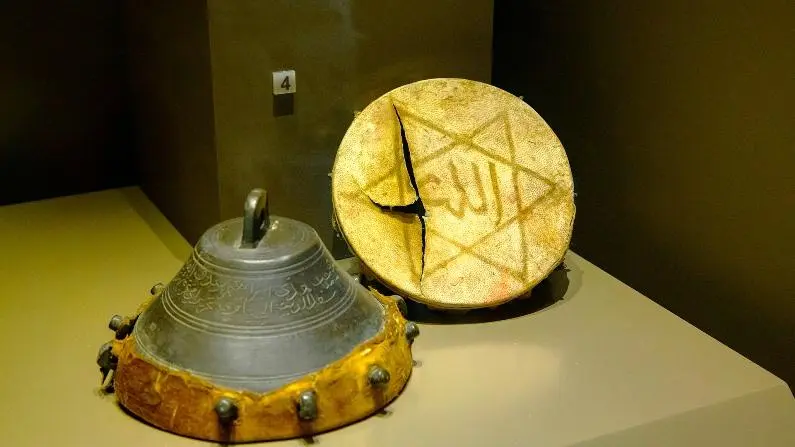
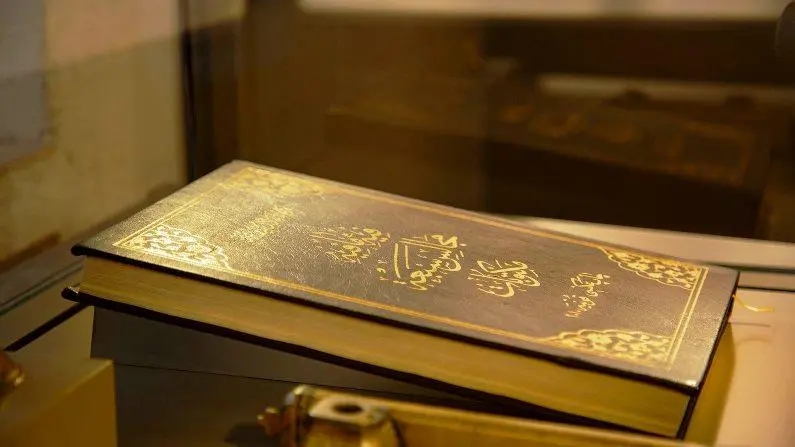


The building of Mevlevihane, located in Kaleiçi, one of the most touristic areas of Antalya, belongs to the Seljuk period. Although there is no inscription, it is believed to have been built by Sultan Alaeddin Keykubad in 1255 and was used as a Mevlevi mosque in the 16th century.




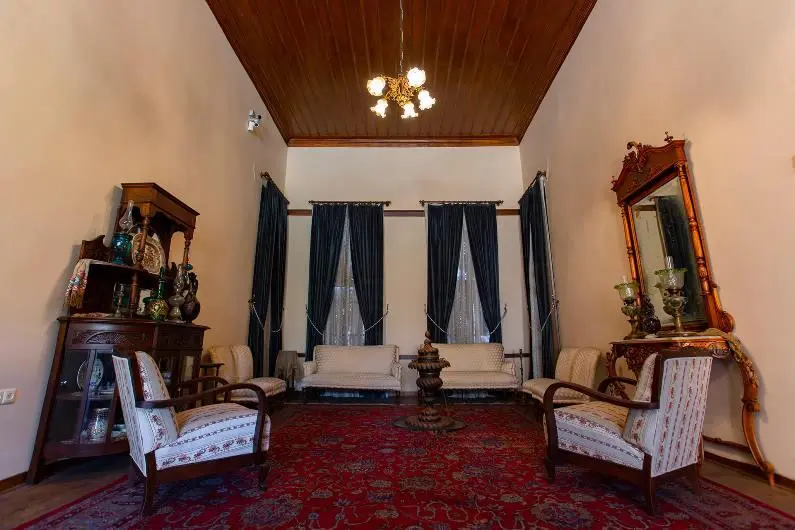
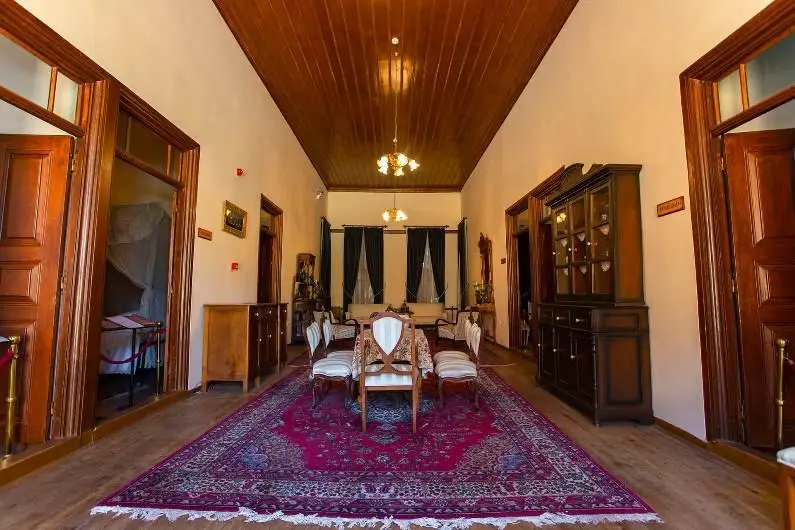
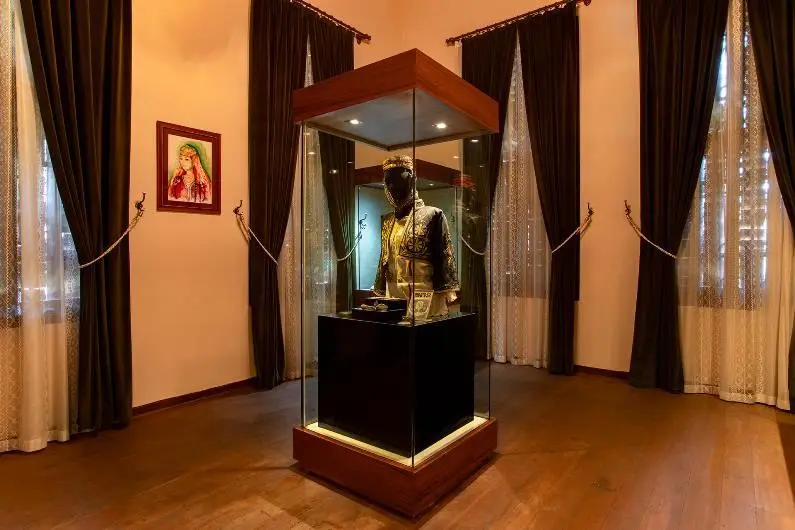
The house where Gazi Mustafa Kemal Atatürk stayed for a while during his visit to Alanya on February 18, 1935, was donated by its owner M. Tevfik Azakoğlu to the Ministry of Culture and turned into a museum in 1987.


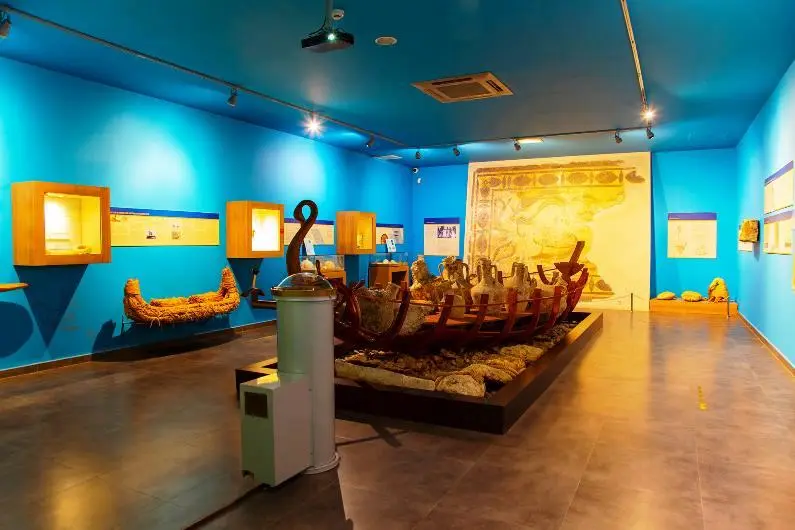

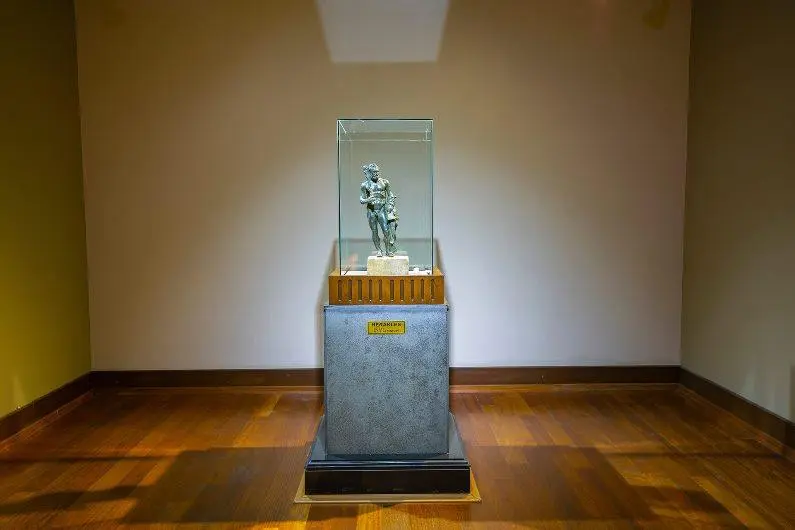





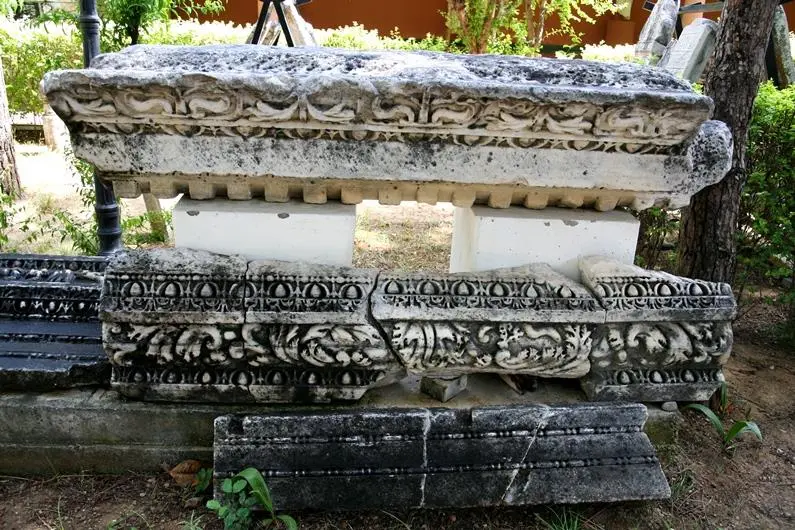
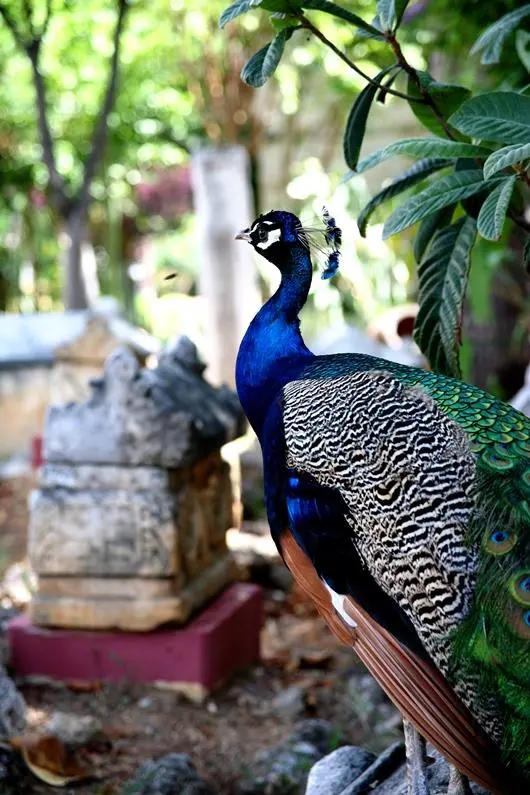
The rich historical heritage of Alanya, which has always been a popular settlement due to its strategic location and port, can be seen at the Alanya Museum. The museum is located on Damlataş Street at the beginning of the exit road to Alanya Castle.






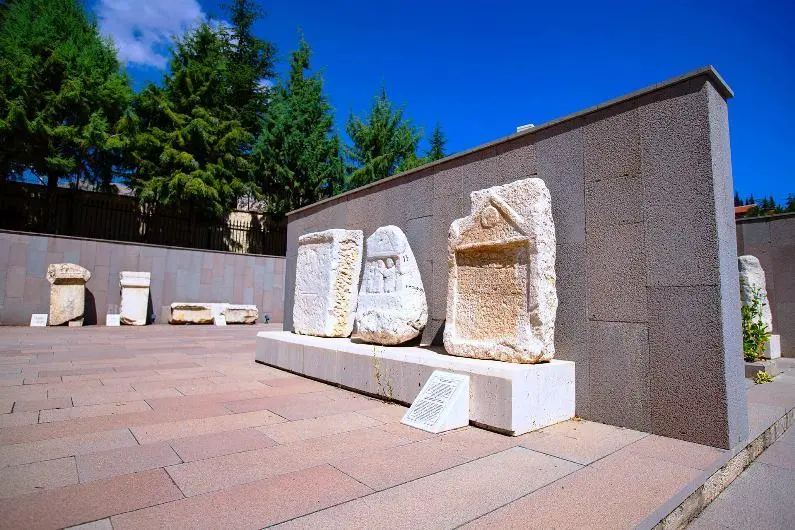

In the Elmalı Museum, which was put into service in 2011 with the reorganization of the Old Government Mansion in the İplik Pazarı Neighborhood of Elmalı district, important archaeological artifacts that illuminate the history of the region are exhibited.
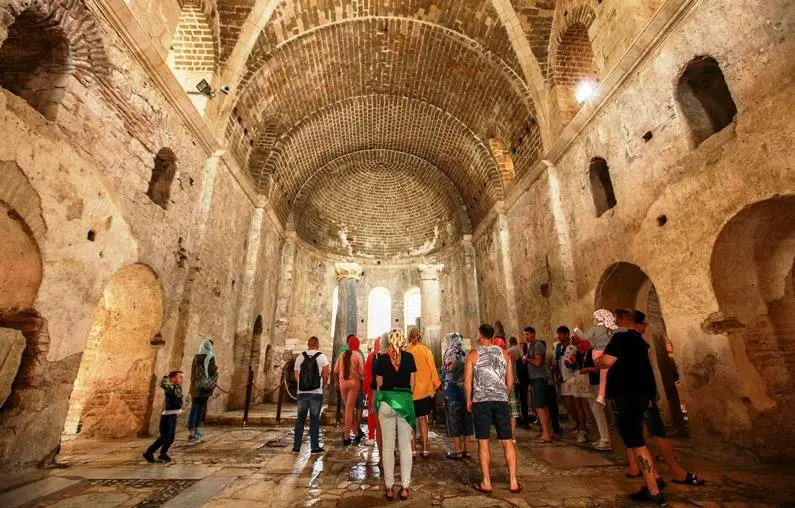
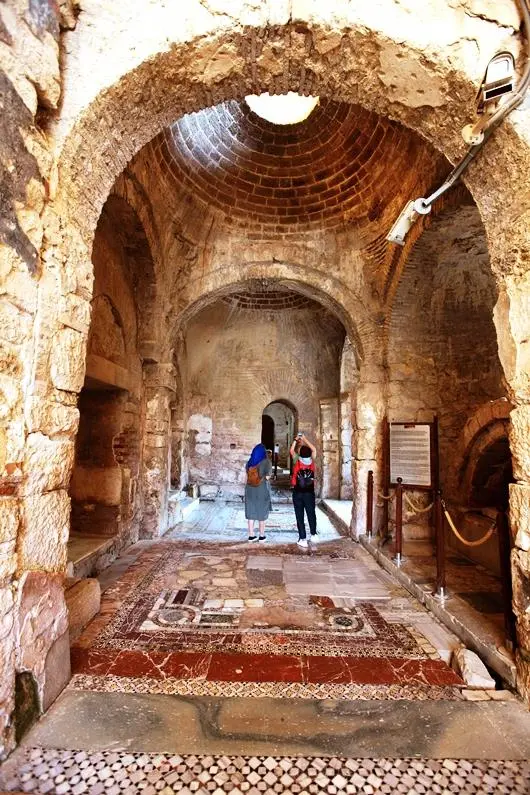


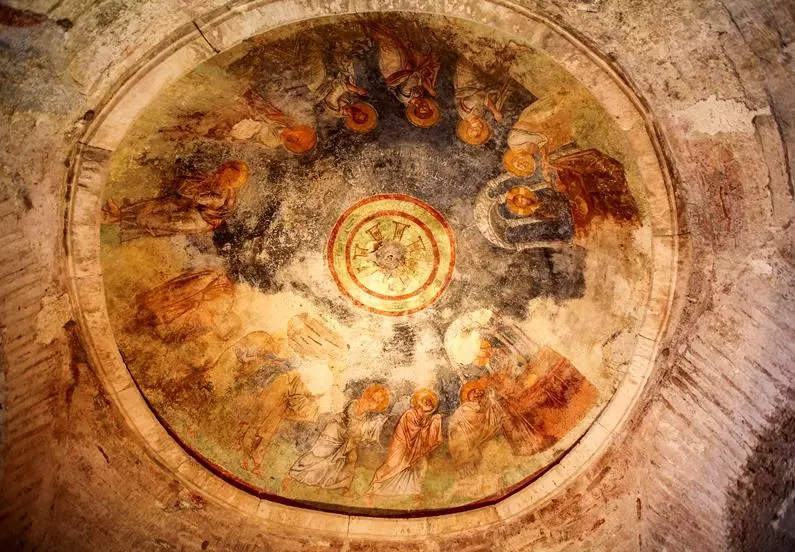

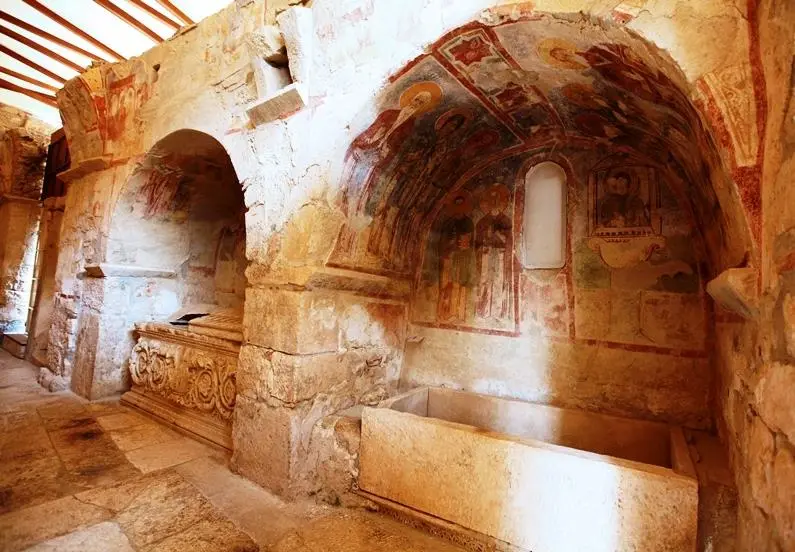
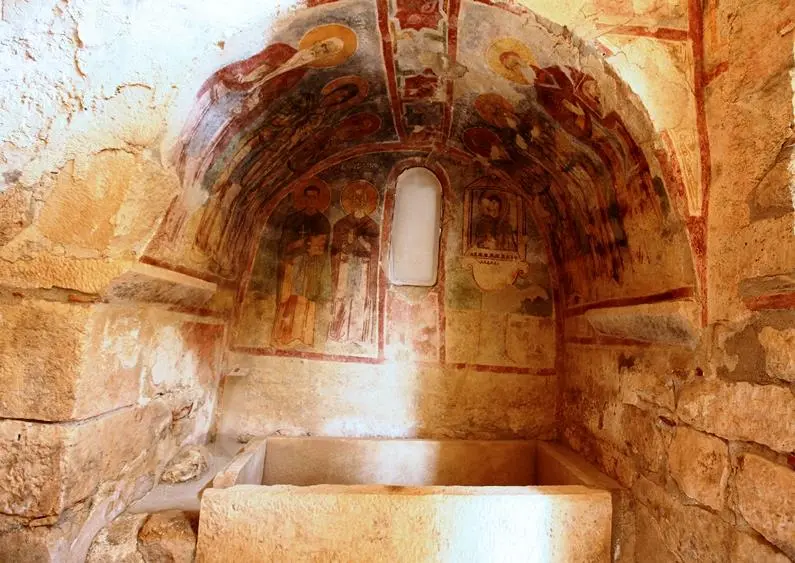

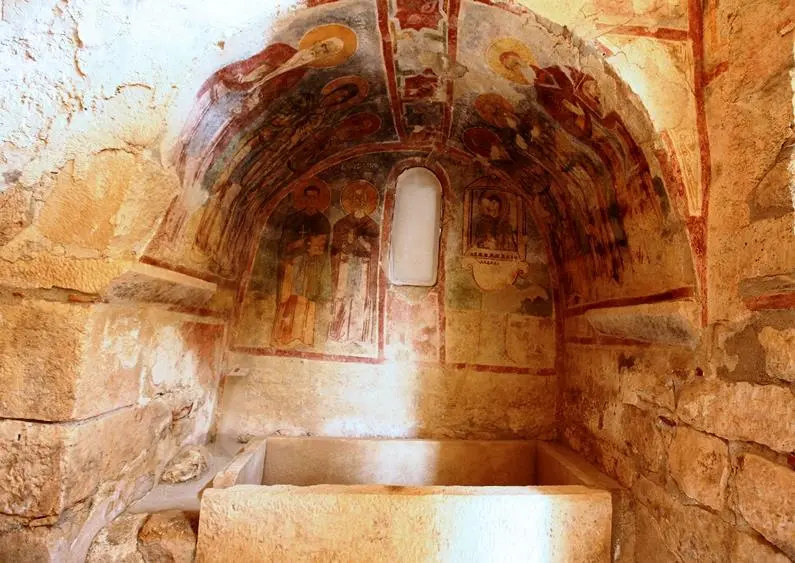







Considered the patron saint of children and sailors, St. Nicholas, also known as Santa Claus, was born in Patara in the second half of the 3rd century AD and lived here until his death as Bishop of Myra. After his death, a mausoleum and then a large basilica were built in the name of Saint Nicholas, who won the love of the people of Myra with his good deeds and his important place in the Christian world.

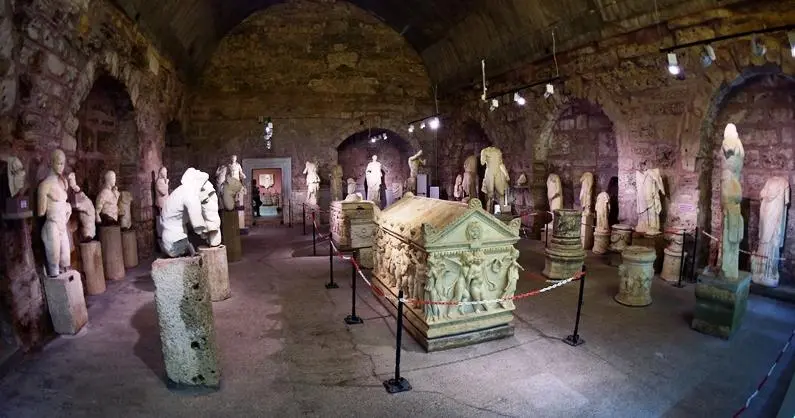






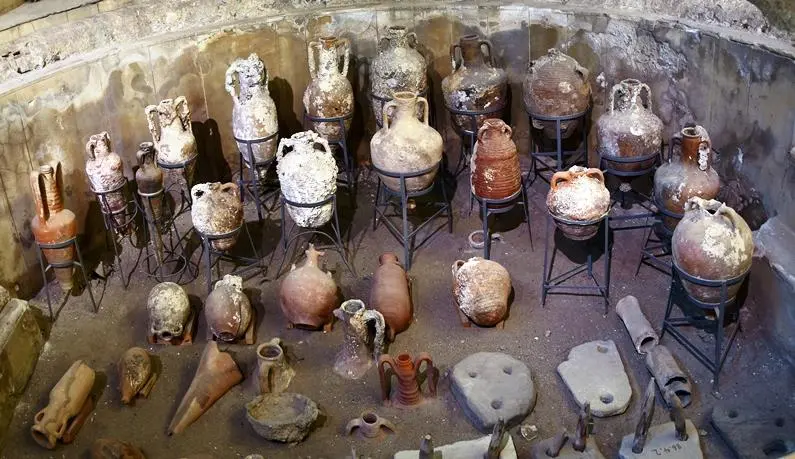


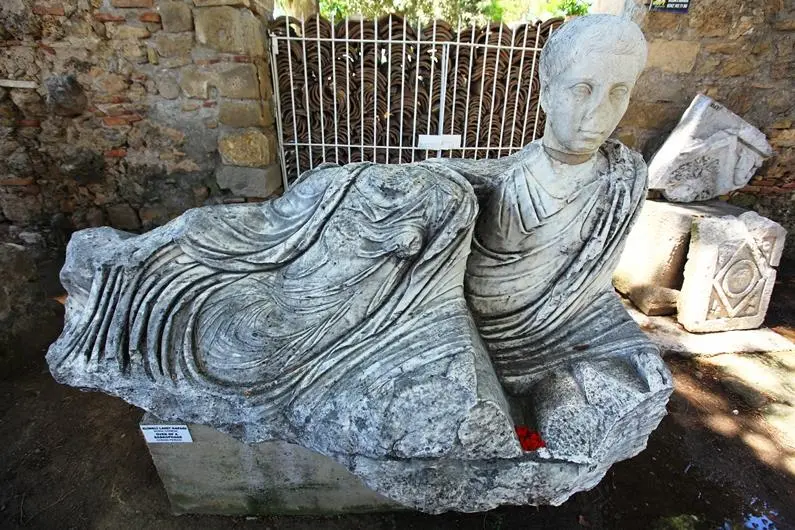
The Side Museum welcomes its visitors in a Roman bath building in the ancient city of Side which has been restored and turned into a museum. The museum, which was restored between 1959 and 1961 by Ragıp and Selma DEVREZ and opened in 1962, has the title of being the first museum opened in a village in Turkey.
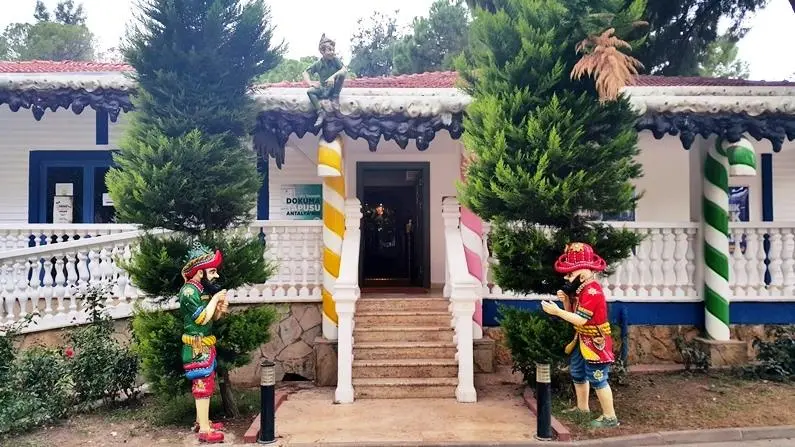





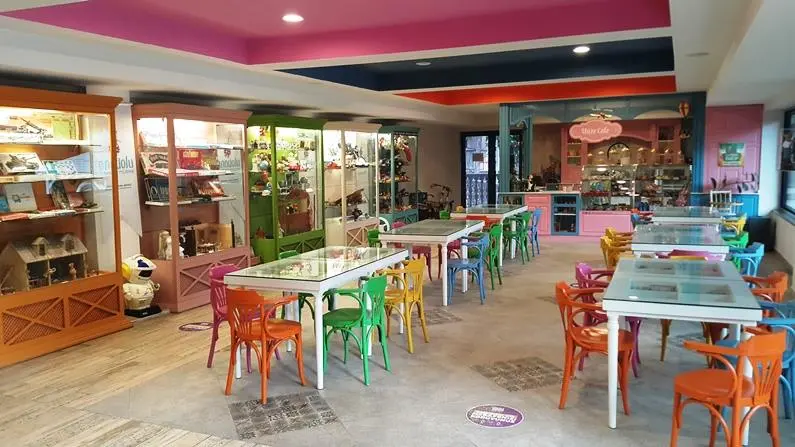





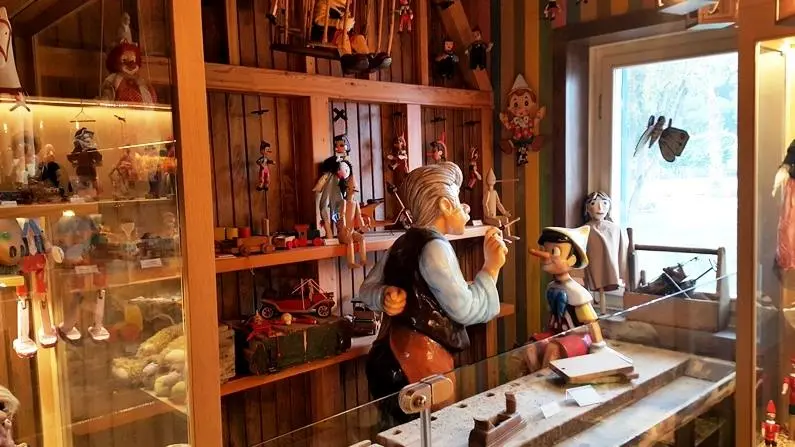



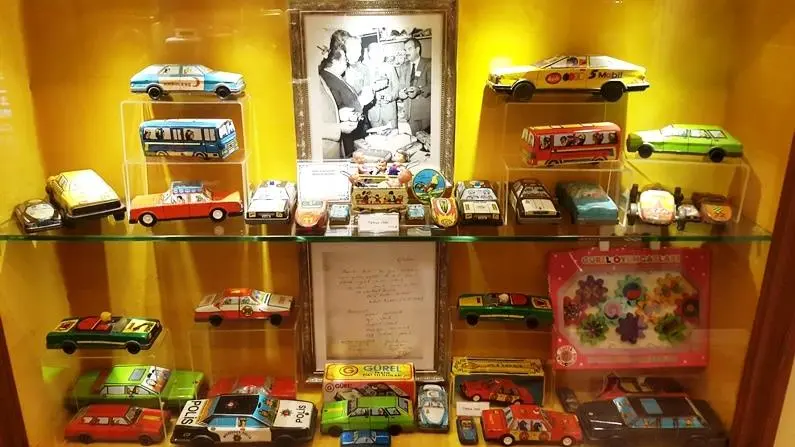
The building in Kepez Dokuma Park, which used to be a kindergarten building where the workers of the Dokuma factory entrusted their children, has been turned into a toy museum by the Kepez Municipality.


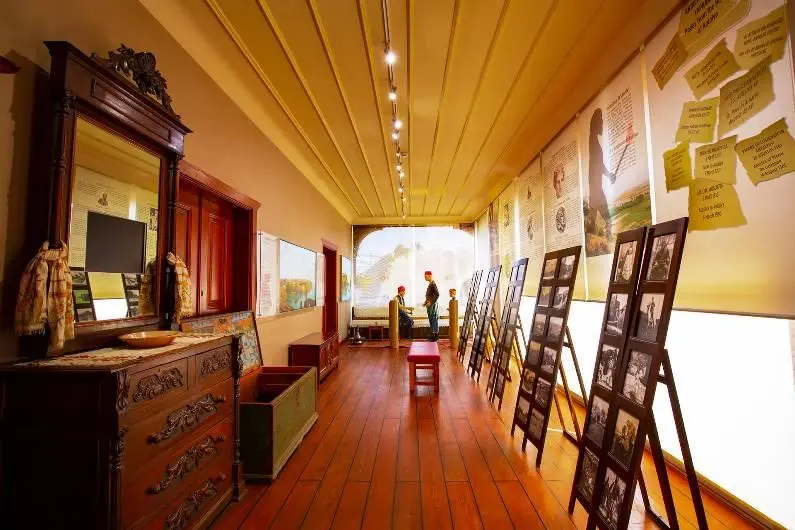

The Suna & İnan Kıraç Mediterranean Civilizations Research Center (AKMED) Kaleiçi Museum is located in Kaleiçi, the heart of Antalya, in two buildings that are registered as cultural monuments.




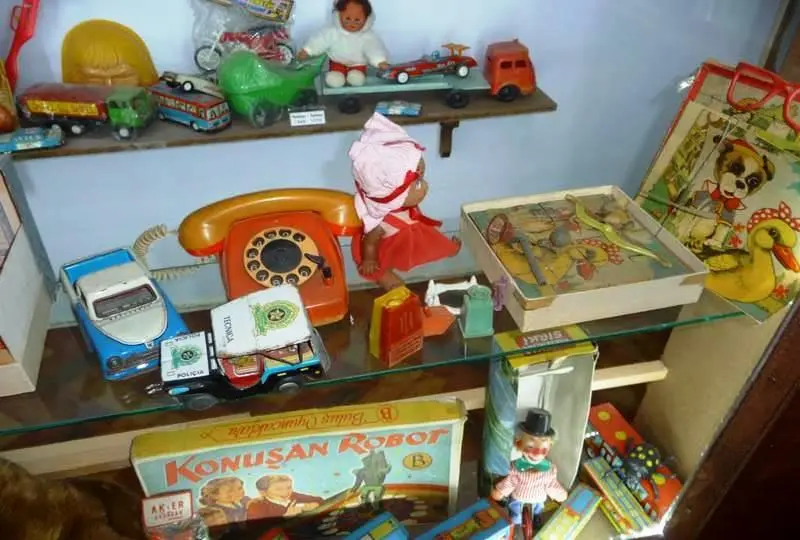
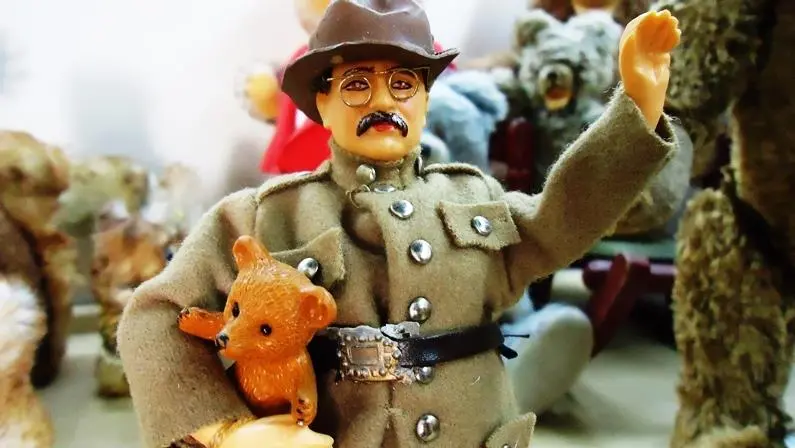


Antalya Toy Museum, located in Kaleiçi Marina, was launched in 2011 as an important cultural project of Antalya Metropolitan Municipality. Opened under the leadership of Sunay Akın, researcher, poet, writer and founder of Turkey's first toy museum, the museum attracts visitors of all ages with its fairy tale world.
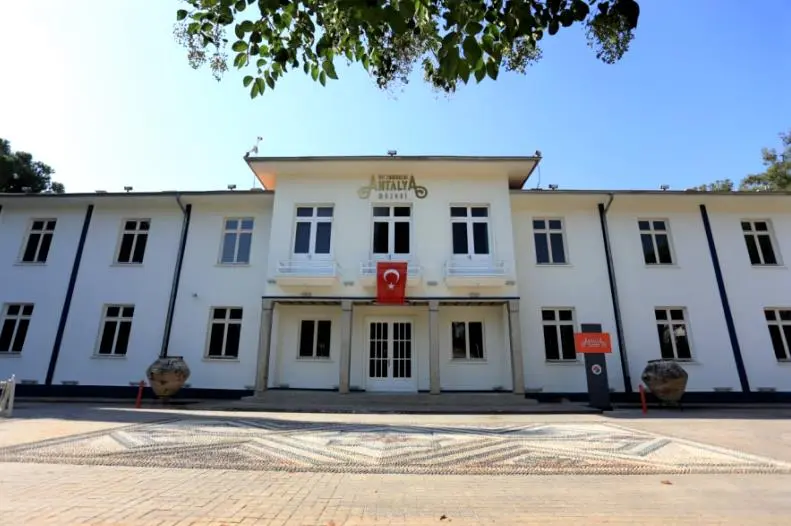









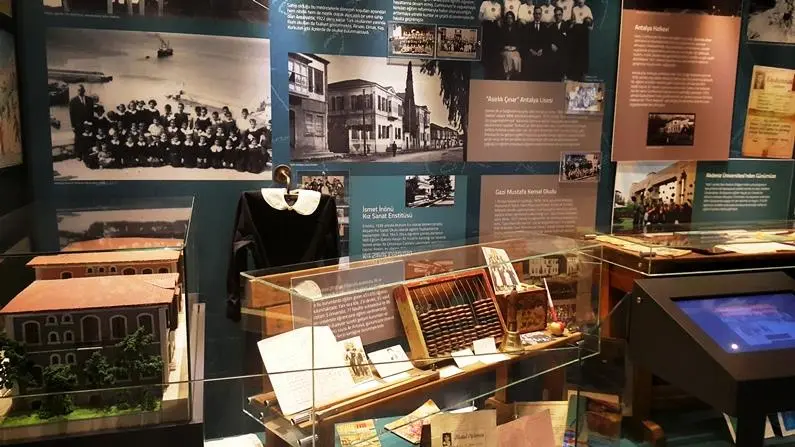

Antalya's great historical journey from its foundation to the present day comes to life in the Once Upon a Time Antalya Museum opened in Dokuma Park, the heart of Kepez. The city museum, which was opened by the Kepez Municipality in the administration building of the old Dokuma factory, shows the values that are specific to Antalya and Antalians from the past to the present by going beyond the usual museum form.
